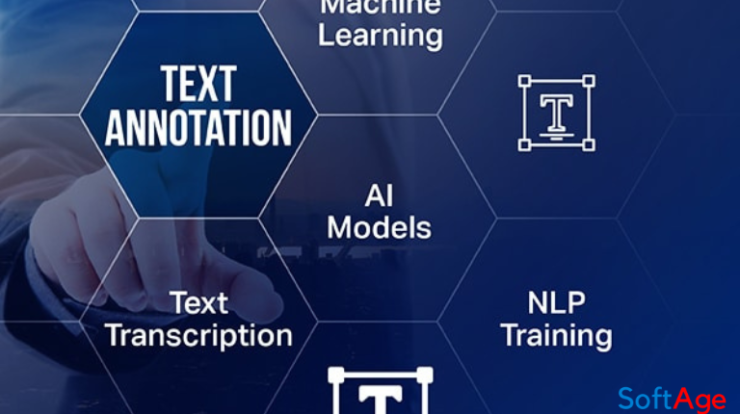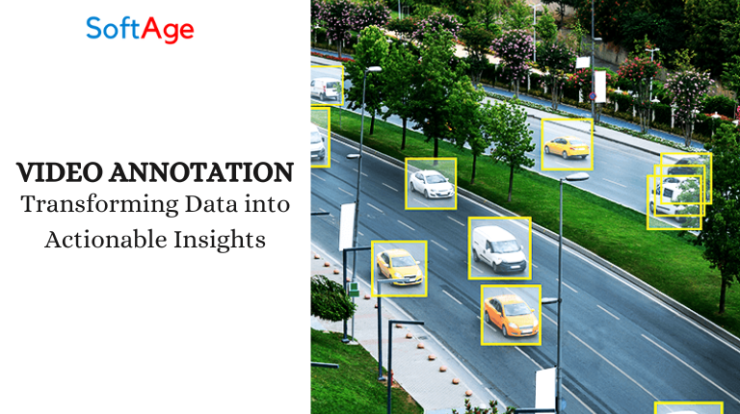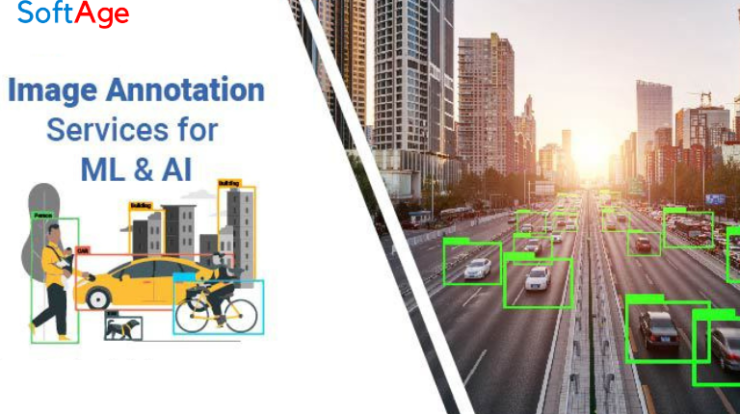
In the vast digital landscape of today, where information flows ceaselessly, the ability to understand, interpret, and extract meaningful insights from textual data is paramount. Text annotation, a process of labeling and categorizing text to make it understandable for machines, has emerged as a pivotal tool in various fields, from artificial intelligence and natural language processing to social media analysis and content moderation.
Understanding Text Annotation: A Fundamental Concept
Text annotation involves the process of adding metadata or labels to raw text data, making it comprehensible for machines. These annotations can range from simple parts of speech tagging and named entity recognition to more complex sentiment analysis and topic modeling. By annotating text, machines can discern patterns, sentiments, and context within the data, paving the way for advanced applications in the realm of artificial intelligence.
The Significance of Text Annotation in NLP and AI
In the realm of Natural Language Processing (NLP) and Artificial Intelligence (AI), text annotation is akin to teaching a language to a machine. Through annotated datasets, machine learning algorithms can learn to understand human languages, enabling chatbots to provide meaningful responses, language translation services to function seamlessly, and sentiment analysis tools to gauge public opinions accurately. These applications not only enhance user experience but also drive innovation in the AI landscape.
Types of Text Annotation
Text annotation is the process of labeling or tagging text data to make it understandable and usable for machine learning algorithms. There are several types of text annotation methods, each serving different purposes in natural language processing (NLP) tasks. Here are some common types of text annotation:
- Named Entity Recognition (NER): NER involves identifying and classifying named entities in text into predefined categories such as person names, organizations, locations, medical codes, time expressions, quantities, monetary values, percentages, etc.
- Part-of-Speech Tagging (POS): POS tagging involves labeling words in a sentence with their corresponding part-of-speech, such as nouns, verbs, adjectives, adverbs, etc. This information is crucial for syntactic and semantic analysis.
- Sentiment Analysis: Sentiment annotation involves determining the sentiment or emotion expressed in a piece of text, such as positive, negative, or neutral. Sentiment analysis is widely used in social media monitoring, customer feedback analysis, and market research.
- Text Classification: Text classification annotation involves categorizing text documents into predefined classes or categories. It is used in applications like spam email detection, topic categorization, and sentiment analysis.
- Text Summarization: Text summarization annotation involves creating concise and coherent summaries of larger texts. Summarization can be extractive (selecting and combining existing sentences) or abstractive (generating new sentences to capture the main ideas).
- Intent Recognition: Intent annotation is commonly used in chatbots and virtual assistants. It involves identifying the intent or purpose behind a user’s input. For example, in a customer service chatbot, intents could include queries about product information, order status, or technical support.
- Question Answering (QA): QA annotation involves creating question-answer pairs from textual information. It is used in machine reading comprehension tasks where a model is trained to answer questions based on a given passage of text.
Use Cases of Text Annotation
Text annotation plays a significant role in various industries, helping businesses and organizations extract valuable insights from large volumes of textual data. Here are some specific use cases of text annotation in different industries:
1. E-Commerce:
- Product Categorization: Text annotation helps classify products into appropriate categories, making it easier for customers to find what they are looking for.
- Sentiment Analysis: E-commerce companies analyze customer reviews to understand sentiment about products and services, informing marketing and product development strategies.
2. Healthcare:
- Medical Coding: Text annotation is used to label medical texts, such as patient records or clinical notes, with specific codes for diseases, procedures, and medications.
- Clinical Trials: Annotating medical literature and patient records aids in identifying eligible candidates for clinical trials based on specific criteria.
3. Finance:
- Fraud Detection: Text annotation helps identify fraudulent activities by analyzing text data from emails, chat transcripts, or transaction notes.
- Sentiment Analysis for Stock Trading: Financial institutions use sentiment analysis to gauge market sentiment from news articles and social media, aiding in stock trading decisions.
4. Customer Support:
- Automated Chatbots: Text annotation is essential for training chatbots to understand customer queries and provide relevant responses, improving customer service efficiency.
- Ticket Categorization: In customer support systems, text annotation categorizes support tickets to route them to the appropriate departments for quick resolution.
5. Academic Research:
- Text Corpus Creation: Academics annotate texts to create specialized corpora for linguistic research, historical analysis, or sociolinguistic studies.
- Language Translation: Linguists use annotated parallel texts to improve machine translation algorithms for lesser-known languages.
Challenges and Ethical Considerations
While the benefits of text annotation are vast, there are challenges to consider. Ensuring the quality and accuracy of annotations is paramount. Misannotations can lead to misinformation and misinterpretation. Additionally, there are ethical concerns regarding privacy and consent, especially when dealing with personal or sensitive information. Striking a balance between the advantages of annotation and the ethical responsibilities associated with it is crucial for responsible use.
Looking Ahead: The Future of Text Annotation
As technology continues to evolve, the future of text annotation holds promising prospects. More sophisticated AI-driven annotation tools will likely emerge, offering even greater precision and efficiency. Additionally, there will be a growing emphasis on ethical guidelines and standards, ensuring that annotations are created and used responsibly. The integration of augmented reality and virtual reality into annotation processes may further enhance the interactive and immersive nature of annotated texts, revolutionizing the way we engage with information.
In Summary
Text annotation plays a crucial role in developing reliable machine learning models for natural language processing. It connects raw text data to smart algorithms, enabling tasks like sentiment analysis, named entity recognition, and machine translation. Despite its difficulties, adhering to best practices and employing suitable tools can simplify annotation and ensure top-notch labeled data. As NLP technology progresses, text annotation remains essential in shaping the future of AI-driven language comprehension.






